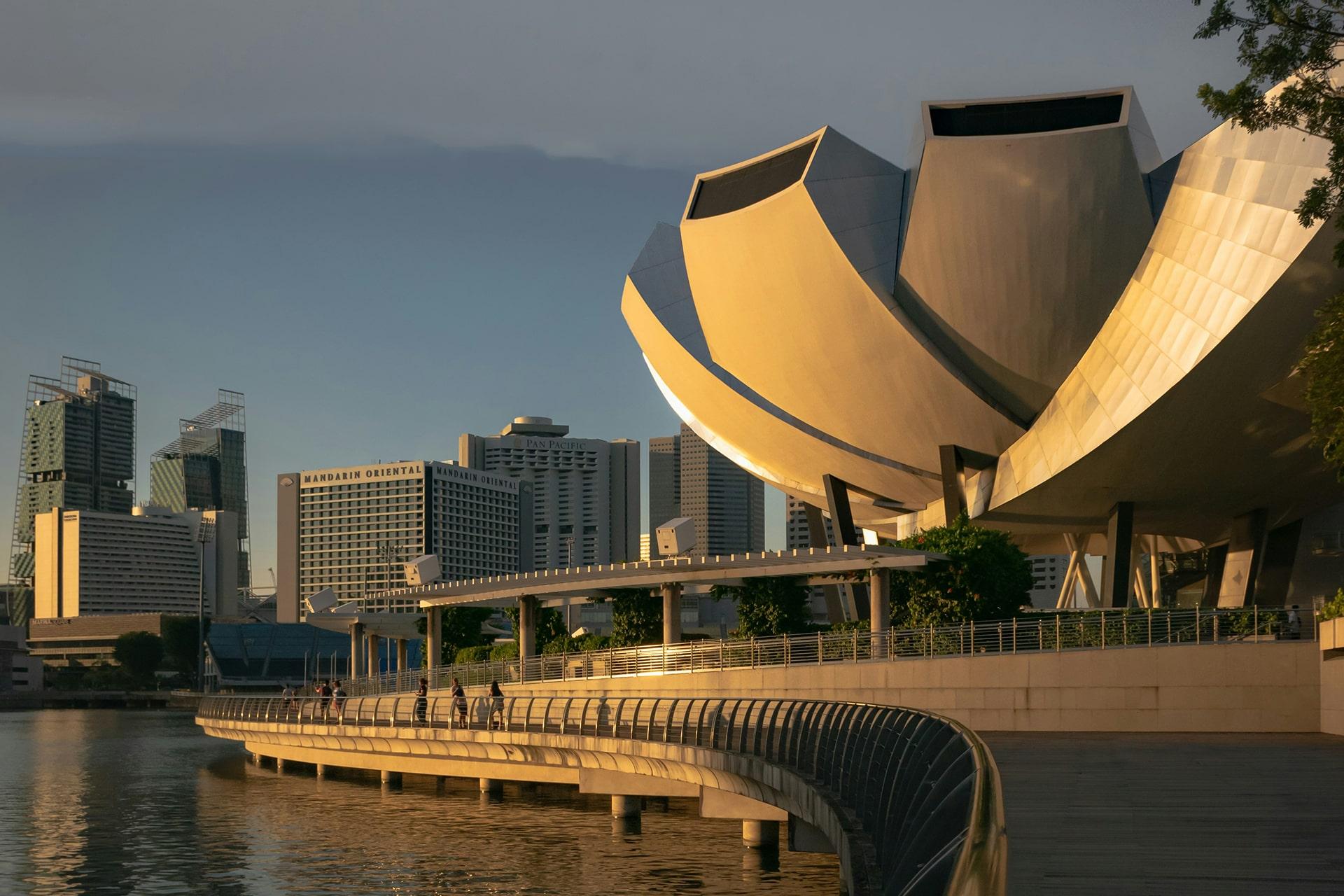Southeast Asia expands trade as a neutral hub in a divided world

Extra-regional trade is forecasted to grow USD 1.2 trillion in ten years, but deficits with China soar.
Southeast Asia is rapidly expanding its global trade by pursuing diplomatic neutrality and engaging with various economies in conflict over political and economic issues. The region’s external trade is projected to rise by USD 1.2 trillion from 2022 to 2032, marking the largest increase globally.
“Today, I offer our nation as the most neutral and nonaligned location,” Malaysian Prime Minister Anwar Ibrahim said at the Semicon Southeast Asia 2024 trade show in Kuala Lumpur on May 28, unveiling the country’s business strategy.
Malaysia is bolstering its economic ties with both the West and nations like China and Russia. In August, Anwar attended a ceremony hosted by Infineon Technologies, a prominent German semiconductor manufacturer, to mark the opening of its new plant in Malaysia. Just a month or two earlier, he held separate meetings with Chinese Premier Li Qiang and Russian foreign minister Sergey Lavrov to facilitate Malaysia’s potential entry into the BRICS alliance, which includes Brazil, Russia, India, China, South Africa, and other nations.
“Southeast Asia is poised to be the biggest winner in global trade over the next decade, even amid escalating confrontations between the US and China,” said Takeshi Konomi of Boston Consulting Group, which forecasts an increase of USD 1.2 trillion in combined external imports and exports of goods from 2022 to 2032. Of this growth, trade with China is expected to account for USD 616 billion, driven by the region’s integration into its neighbor’s supply chains.
In July, BYD, China’s largest electric vehicle manufacturer, opened a large plant in eastern Thailand. The facility, which has the capacity to produce 150,000 units annually, imports key components from China, and BYD plans to establish it as its primary export base in the region.
Major US technology companies continue to show strong interest in investing in Southeast Asia. Malaysia, which hosts factories for Intel and other American companies, has emerged as a leading chip exporter to the US.
Manufacturing companies from Japan, South Korea, and Europe are joining the fray by establishing production bases in the region and expanding trade, all while reducing their reliance on China as part of a derisking strategy.
Southeast Asia’s relatively relaxed government trade restrictions are also attracting foreign companies as the economic feud between the US and China intensifies. In September, the US administration under President Joe Biden quadrupled tariffs on Chinese EVs to 100%, provoking a strong backlash from China.
As of April 2023, the average US tariff on Chinese products was 19.3%, a 6.2-fold increase since early 2018, according to the Peterson Institute for International Economics, a Washington think tank. During the same period, the average duty imposed by Beijing on US products rose to 21.1%, reflecting a 2.6-fold increase.
Every year since 2020, countries have implemented an average of 5,600 trade- and investment-related restrictions and interventions, marking an 80% increase compared to the 2010s, according to the Global Trade Alert, a European research organization.
Looking back to 2008, the US has imposed a total of 10,200 restrictions and interventions, while China has enacted 7,800. Together they account for 30% of the overall total. In contrast, Southeast Asian nations have introduced 2,100 such measures during this period.
The International Monetary Fund forecasts that Southeast Asia’s real gross domestic product will grow at an average annual rate of 4.6% from 2025 to 2029, compared to 3.2% for the global economy.
Southeast Asia’s approach to fostering relationships with all parties is not without its risks.
With low trade restrictions, the region is attracting an influx of cheap imports from China. As domestic demand weakens, Chinese manufacturers of sundry goods, steel, synthetic fabrics, and other products have begun exporting “deflation” by shipping overstocked inventories. Consequently, Southeast Asia’s trade deficit with China, based on a 12-month moving average, rose to USD 10.5 billion in June, marking a 40-fold increase over the same month 20 years earlier.
In Thailand, calls to ban the Chinese bargain shopping site Temu have gained traction on social media since its market entry in July. Many argue that the platform will not benefit the country economically.
Southeast Asia has expanded its external trade by leveraging growing geopolitical tensions worldwide. However, its heavy reliance on international commerce could backfire if global rivalries heat up. The territorial dispute between the Philippines and China in the South China Sea is becoming increasingly violent.
Southeast Asia thus needs to engage in a careful balancing act to navigate these troubled waters.
#SoutheastAsiaTrade #GlobalEconomy #ChinaTradeDeficit #GeopoliticalTensions #EconomicGrowth #Ifvex
- Art
- Causes
- Crafts
- Dance
- Drinks
- Film
- Fitness
- Food
- ເກມ
- Gardening
- Health
- ໜ້າຫລັກ
- Literature
- Music
- Networking
- ອື່ນໆ
- Party
- Religion
- Shopping
- Sports
- Theater
- Wellness


